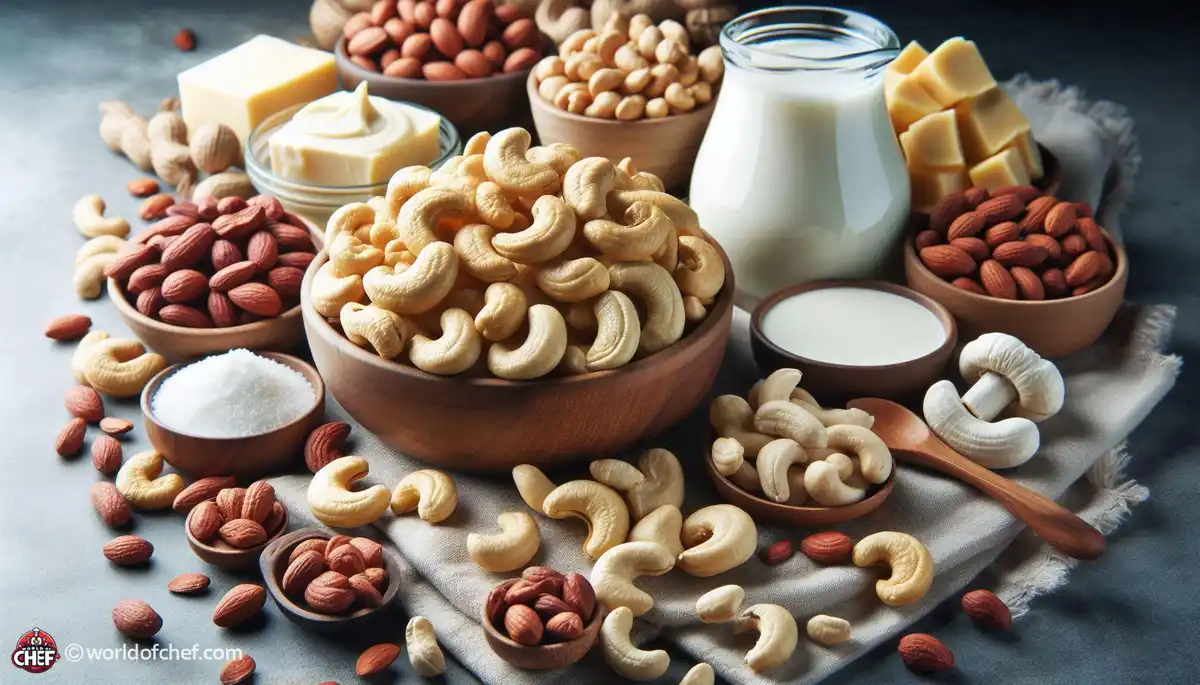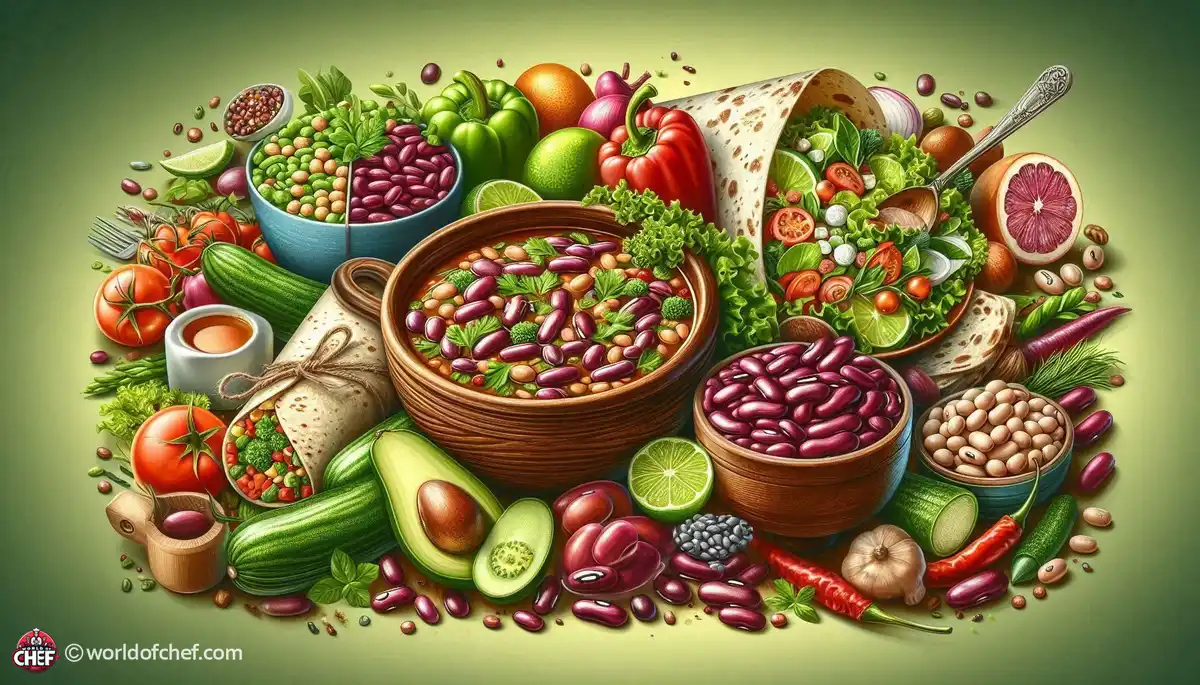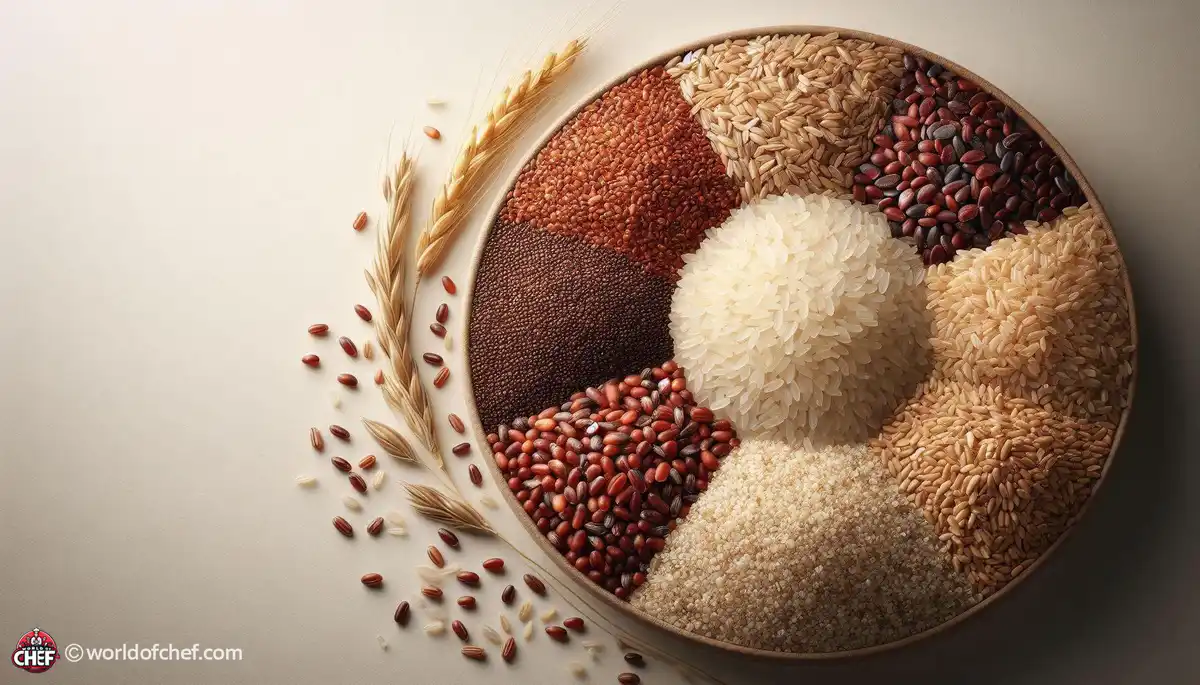
Unveiling the Power of Cruciferous Vegetables in Cancer Prevention
Eloise Jester - Mar 26, 2025 - 8 min read


In a balanced diet, whole grains are an integral component, especially for people suffering from diabetes. Unlike refined grains, whole grains contain the entire kernel, bran, germ, and endosperm, which possess a large amount of nutrients including fiber, vitamins, and minerals. These may act in concert to prolong the time necessary for digestion, regulate the blood sugar levels, and ensure overall health. The inclusion of whole grains in the diets of diabetic patients can help in controlling their blood sugar levels and reducing the risk of complications.
Advantages of whole grains are not only in controlling blood sugar. It has been proven by several studies that an intake of whole grains reduces the chances of developing type 2 diabetes. This is further enhanced by whole grains serving to increase sensitivity to insulin, which is a plus for those patients with a diagnosis of diabetes. This is also enhanced by satiety content in fibers, which promotes weight regulation-an essential attribute of proper diabetes management. In adding whole grains into meals as well as between meals/snacks, diabetics can indulge on a sumptuous food that is satisfactory and at the same time provides several healthy benefits
There is no shortage when it comes to selecting whole grains. Some of the most popular whole grain types include quinoa, brown rice, barley, oats, and whole wheat. Each of these grains offers a unique flavor, texture, and nutritional profile that makes them versatile ingredients for all sorts of dishes. Different whole grains can add variety to the diet and make meals interesting for individuals with diabetes.
In case a patient with diabetes has gluten intolerance or even suffers from celiac disease, then gluten-free whole grains are a good substitute. The grains that do not contain gluten and that are rich in nutrients as well include quinoa, brown rice, amaranth, and millet. Such grains can be taken to replace gluten-containing grains and may still be able to form part of a balanced and healthy diet of a patient with diabetes.
For the diabetic patients, the morning should start with the right breakfast. Adding whole grains to the breakfast can help provide energy in the morning and consequently stabilize the blood sugar level until late in the afternoon. Some examples that are great and more delightful include oatmeal topped with fresh fruit, whole grain toast with avocado, or a quinoa breakfast bowl.
Adding whole grains to your lunch and dinner will also easily increase the intake of fiber, hence good overall health. You may have the cooked barley with your salad at lunch, and during dinner, substitute the refined grains with the brown rice, quinoa, or whole wheat pasta. This little step would mean so much for a great change in the blood sugar management as well as well-being in general.
Snacking could be an opportunity to incorporate more whole grains into one's diet. Instead of reaching for processed snacks laced with sugar and refined grains, try whole grain snacks such as air-popped popcorn, whole grain crackers with hummus, or a small portion of trail mix made with whole grain cereal. These are crunchy and also full of fiber and nutrients.
While whole grains offer many Health Benefits, it is wise to control their portions especially for those with diabetes. Control of serving sizes and appropriate proportion of whole grains with other nutrient-dense foods such as vegetables, lean proteins, and healthy fats ensures proper control over blood sugar levels. Diabetic individuals can therefore experience the health benefits of whole grains without undermining their blood sugar control through moderation in taking whole grains for meals and snacks.
Whole grains really unlock the possibilities in a recipe and how one uses numerous different techniques in their culinary repertoire when preparing cooking and managing their diabetes well.
Be it preparing an oat grain salad, roasting some flavorful pilaf or making a loaf of freshly baked homemade whole-grain bread; the diversity that awaits us is unimaginable, right here at the heart of our very kitchens. Methods of Preparations
Sometimes, cooking whole grains requires the right method to cook them for the perfect texture and flavor. There are grains that can be cooked relatively quickly in a pan, such as quinoa and bulgur. Others, like brown rice and barley, do best when cooked for longer. Hence, boiling, steaming, or simmering will play an important role to ensure the proper cooking of whole grains, which could then be added to several dishes.
This is a pretty straightforward yet powerful choice by taking in whole grains. There are several benefits that an individual suffering from diabetes gets for improving his or her health and maintaining their disease better. Choose whole grains instead of refined grain foods and processed foods as much as possible to allow your blood sugar levels to control themselves better, boost insulin sensitivity, and lessen the chance of complications linked to the disease. Having whole grains as a part of their daily diet provides one with numerous options from various sources, making tasty, nutritious choices to eat healthy and feel good about well-being.

Eloise Jester - Mar 26, 2025 - 8 min read

Wayne Tobar - Mar 23, 2025 - 6 min read

Harold Turcios - Mar 19, 2025 - 7 min read

Nevaeh Zeng - Mar 16, 2025 - 6 min read